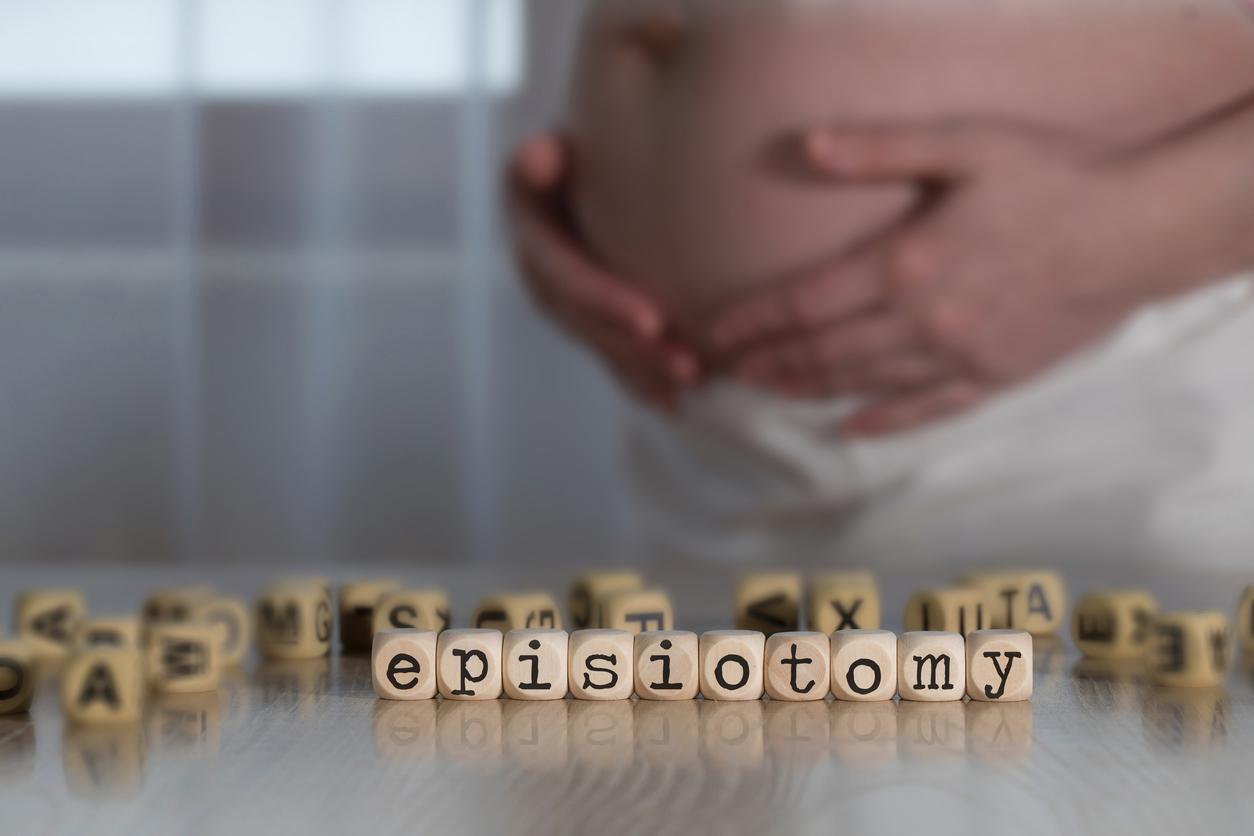The number of Caesarean sections has only increased in the last 40 years around the world. However, this practice is associated with a higher risk of infectious complications for mother and child, compared to natural delivery. Also, since 2011, the High Authority for Health (HAS) has embarked on a program on the relevance of Caesarean sections scheduled in the long term. “In fact, studies have shown a strong disparity in the annual rate of planned Caesarean sections, varying from 2 to 20% depending on the maternity hospitals” underlines the HAS.
165 voluntary maternity hospitals out of 507
For two years (2013 and 2014), 165 voluntary maternity hospitals out of 507 in France participated in this program, the results of which have just been presented. They show a significant downward trend in scheduled Caesarean sections. “Between 2012 and 2013, the proportion of scheduled Caesarean sections increased from 39% to 38.3% of all term Cesarean sections. A reduction was also observed in maternity hospitals that were not involved in the test program. but who have adopted the new recommendations “welcomes the Haute Autorité de santé.
Another objective achieved in maternity hospitals: information for pregnant women, allowing them to decide in full awareness of their mode of delivery.
Almost one in three caesarean sections could be avoided
Whether they are scheduled or not, there are still far too many cesarean sections, estimates for its part the National Institute for Research on Health which estimates that 28% of cesarean sections performed in France could be avoided. However, health authorities in industrialized countries all agree today that babies born by cesarean section have more risk of allergy, are more likely to be overweight, without forgetting that this increases the risk of complications for other pregnancies.
“We are not looking for a decrease at all costs, but to reduce the heterogeneity of practices. Some maternities do too many cesarean sections, others not enough” adds the HAS which will update the figures in May 2015 in the hope of confirming that the use of scheduled cesarean sections is indeed on the decline across the country.

















